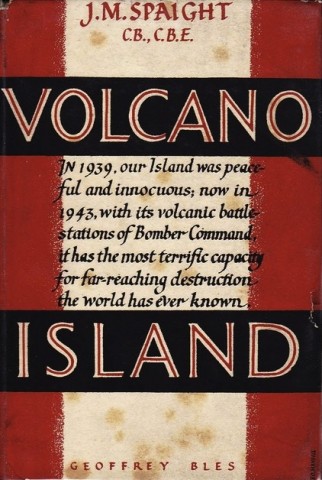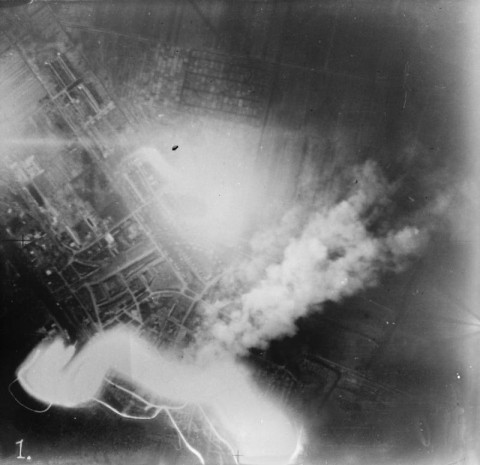[Cross-posted at Society for Military History Blog.]
The current conflict in Gaza has attracted much media attention for the so-called Twitter war being fought between the IDF and Hamas, or, more precisely, between the @IDFSpokesperson and @AlqassamBrigade accounts and their respective followers. Insults are traded back and forth, photos and videos of rocket attacks and air strikes and their purported results (sometimes quite horrific, be warned) shared and retweeted many times over, bloggers take up virtual arms on behalf of one side or the other. @IDFSpokesperson tweets a graphic claiming that 'Hamas' goal is to kill civilians'; @AlqassamBrigade one claiming 'In Children's Day: Israel killed 26 Palestinian children!' This present form of propaganda war is sometimes (not always) presented as something new. Certainly the speed of communication and the ease by which it can be accessed by anyone who is interested is remarkable, but nothing ever looks completely new to a historian.
During the Blitz, for example, British newspapers and magazines were the medium by which both British and German propaganda messages regarding the mutual bombing war were passed to readers so that they could judge for themselves. In September 1940, The Listener noted that 'German broadcasts continue to claim that only military objectives are being attacked' by the Luftwaffe.1 By contrast, the Zeesen radio station was reported to have claimed that:
British pilots have received instructions to avoid carefully any kind of military objective and to concentrate instead on terrorising the German civilian population.2
As it was broadcast in English, this message was clearly directed at the British people themselves. Normally only those who owned a radio and were listening in on the right frequency at the right time would have received it, perhaps along with a few others by word of mouth. By reprinting it, The Listener was sharing it with a much larger audience (circulation was around 50,000 in 1939 but had risen to 129,000 by 1945). By reprinting it without editorial comment, it was trusting its readers to draw the right conclusions.
...continue reading



